What kind of technology does Google's submarine cable 'Topaz' that connects Japan and Canada use?

Google offers a variety of services, and we have laid multiple submarine cables that connect the continents so that users around the world can use them comfortably. Google is laying a new submarine cable ' Topaz ' scheduled to open in 2023, which will connect Vancouver, Canada, Mie and Ibaraki prefectures in Japan.
Announcing Topaz, the first submarine cable connecting Canada and Japan | Google Cloud Blog
Under the sea: Building Google's fiber optic network | Google Cloud Blog
https://cloud.google.com/blog/topics/developers-practitioners/googles-subsea-fiber-optics-explained
Topaz is a submarine cable that will connect from a small town called Port Albania in Vancouver, Canada, across the Pacific Ocean to Mie and Ibaraki prefectures in Japan. Topaz is scheduled to open in 2023, and it will help to realize low latency access to various Google services such as Google search, Gmail, YouTube, Google Cloud.
The opening of Topaz is expected to have significant economic benefits in Canada and Japan, with a cumulative GDP increase of $ 303 billion between 2022 and 2026, according to a study by Analysys Mason. It is expected to be expected.
Topaz is an optical fiber cable with a diameter about the size of a hose, and the maximum number of optical fibers that can be stored in one cable is 16 fiber pairs (32 cores), which brings the total capacity of the cable to 240 terabits per second (Tbps). It has been realized. In addition, Topaz supports Wavelength Selective Switch (WSS), which enables flexible routing and high fault tolerance by efficiently defining and dividing the spectrum of optical fiber pairs with software. doing.

Topaz is the first submarine cable to cross the Pacific Ocean to connect to Canada's west coast. However, it is not the first communication cable to be laid in Vancouver, Canada.In the 1960s, Teleglobe's predecessor, Canadian Overseas Telecommunications Corporation, laid a copper submarine cable to provide high-quality international telephone connections throughout Canada. We have succeeded in providing it. This Canada's first undersea cable is part of the British Federal Pacific Cable System (COMPAC), which connects Vancouver, Canada with Honolulu, USA, Sydney, Australia, and Auckland, New Zealand. Although COMPAC is no longer in service, the submarine cable landing station used by COMPAC will be reused by Topaz after refurbishment.
You can find out why Google is laying submarine cables and what technology they are using for submarine cables by watching the following movie released by Google Cloud.
Stephanie Wong, who supports Google Cloud developers, is here.

'People all over the world rely on Google's low-latency, fast-loading and operational services.'

'To do this, we need to move data around the world at super-fast speeds. Of course, this is not easy.'
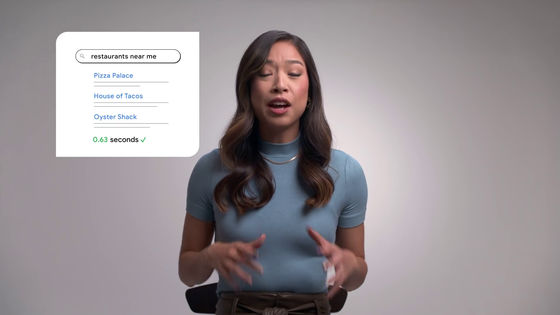
'The data exchanged by the cloud service is moving on an optical fiber cable as shown in the video below, and this cable is stretched all over the earth.'


'Google has state-of-the-art fiber optic networks around the world, but to understand how it works, let's first look at the data center.'
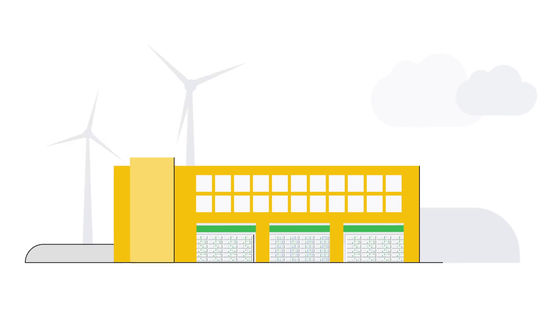
'In the data center, fiber optic cables connect individual machines, and fiber optic cables also connect between data centers, which form a mesh network.'
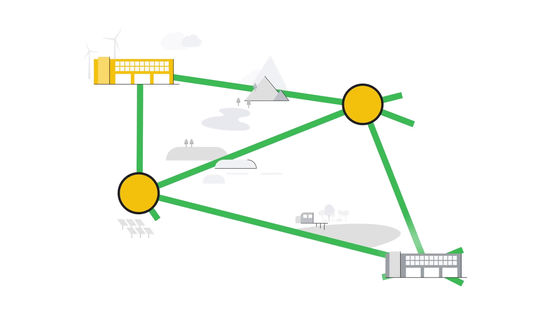

'Long-distance fiber optic cables sometimes connect remote areas and regions, such as across mountainous areas. In addition, cables are laid to the bottom of the sea to connect continents.'
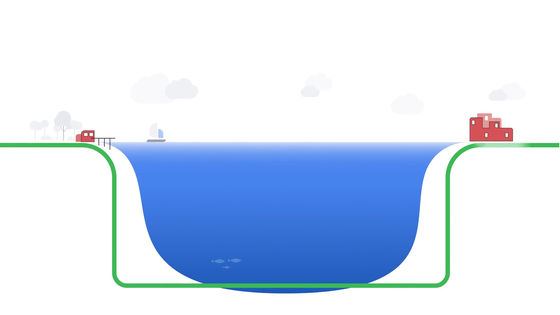
'One of the fiber optic cables laid on the seabed, and the newest submarine cable laid by Google is Topaz. Topaz is the only cable that directly connects Canada and Asia, and the laying design was over 5 years ago. It started from '
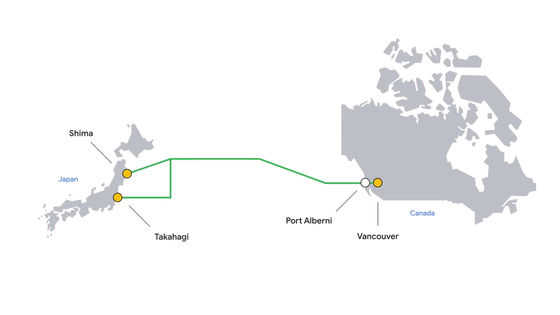
Bobby Ninan, one of the engineers involved in the laying of Topaz, has appeared.
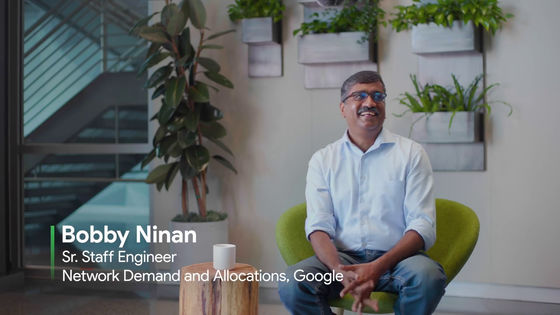
“We are looking at what our business is looking for now and forecasting future demand, such as forecasting for the next five years. Cloud customers aren't just looking for more bandwidth. We also want some delay coverage. We are effectively increasing the reliability of the bandwidth we can provide with a wide variety of cables. '
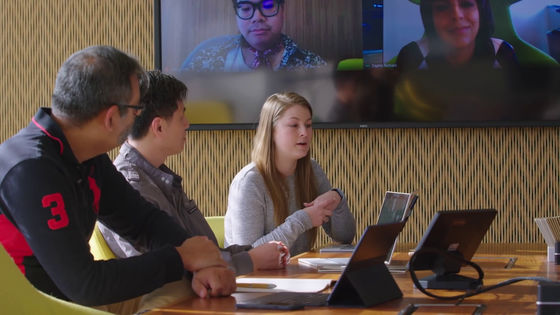
'Isn't it possible to increase the capacity of the optical fiber used for submarine cables to achieve high bandwidth and low latency?' Wong said.
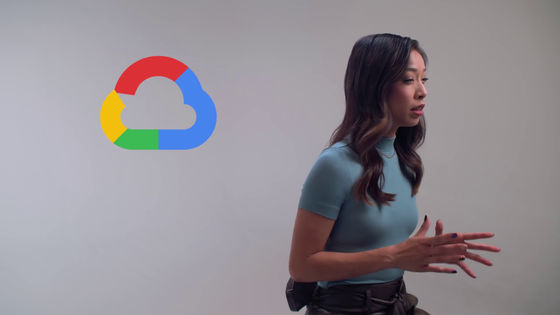
Network engineer Matthew Newland answers this question.
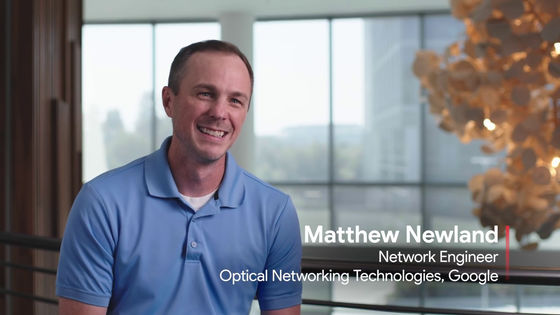
'Of course, it's difficult to reproduce a 10,000km submarine cable in the lab. However, Google has 80km of thread-wound fiber optic cables, so you can actually connect those cables in a
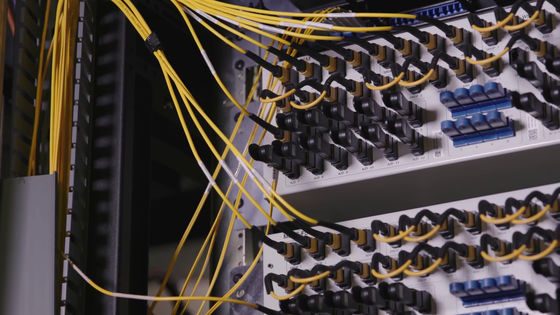
'The fibers used here deliver bandwidth of 20-40 terabits per second (Tbps) per fiber.'
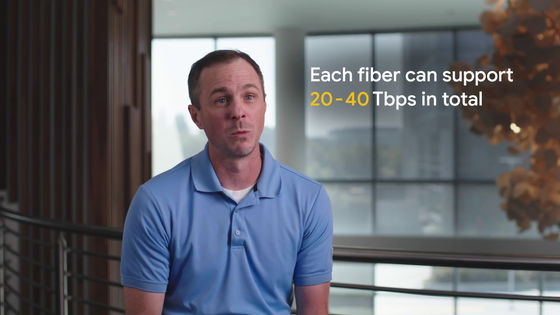
In 2020, Google succeeded in mounting 16 pairs of fibers on the
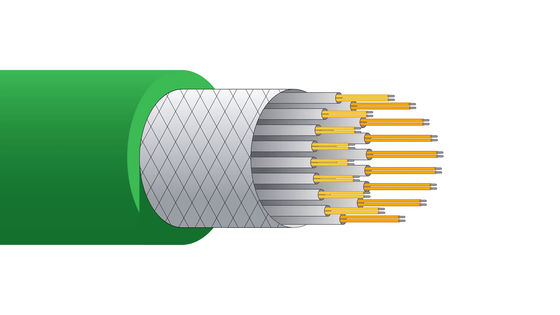
The speed of 340Tbps seems to be enough to deliver
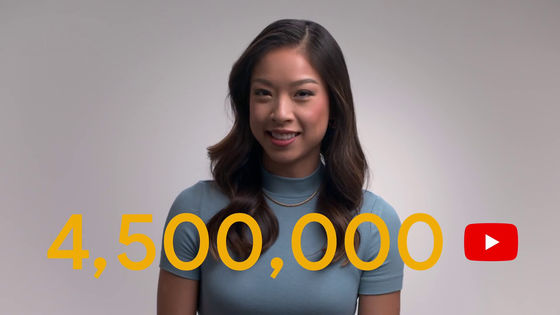
Submarine cable laying involves more than just cable capacity and requires close collaboration with a large number of partners. 'We rely on the expertise and insights of our local partners. Local infrastructure can also help us lay cables,' said Xing Yan Tang, Google's head of international network planning.
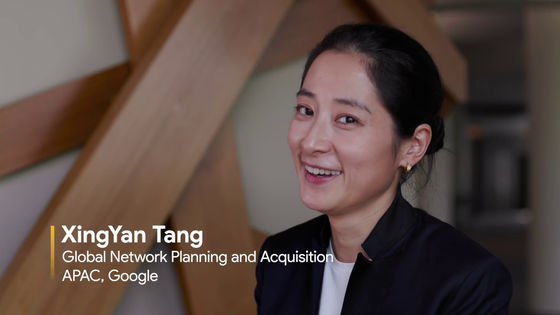
Google wants to minimize the impact on local communities such as fishermen's associations where submarine cables are laid.
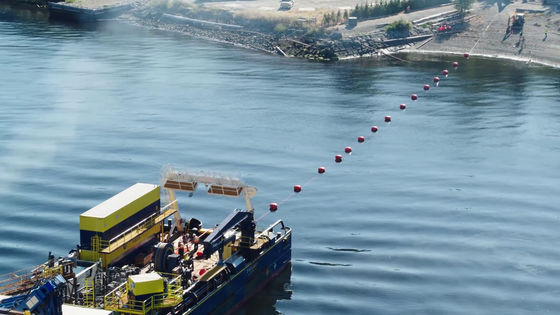
The final step in laying a new submarine cable is to keep the electronics that power it up to date. Topaz has succeeded in introducing a 'Wavelength Selective Switch (WSS)' that realizes a dynamic path that is hard to break by updating electronic devices. WSS has been conceived for more than 4 years, and it is said that it is adopted not only by Topaz but also by the entire industry.

Lisa Bickford, Google's technical program manager for submarine cable laying, explains what WSS is all about.

'In the early days of cable technology, submarine cables only connected two points, but with the advent of WSS, modern submarine cables can effectively divide bandwidth.'
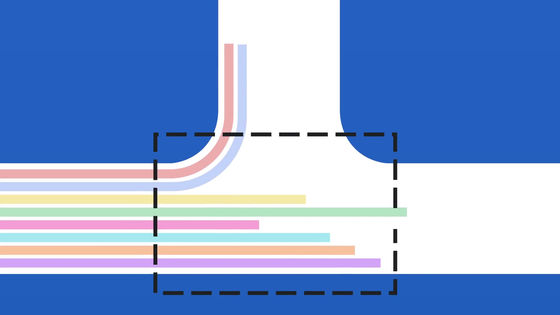
“This allows traffic to be redirected on the fly, allowing bandwidth to be used for different purposes. If a new customer requests more capacity, run a command from the PC. You can quickly allocate traffic to another location just by doing this. '
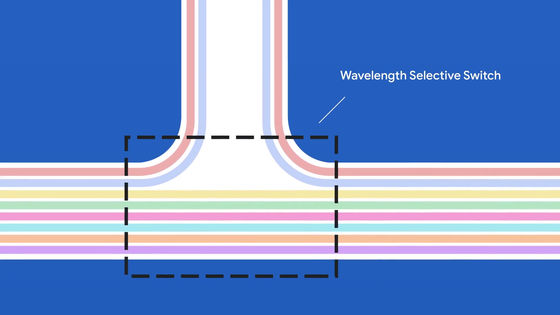
'Submarine cables like Topaz not only increase the reliability of communications between Canada and Japan, but also the reliability of the entire network,' said Brian Quigley, leader of Google's Network Design Planning and Acquisition division. I will improve it. '

'Google's network works like a mesh. And Google is focused on creating solutions that connect people. That's the real purpose of Google's network. A network that society can count on. We give top priority to building
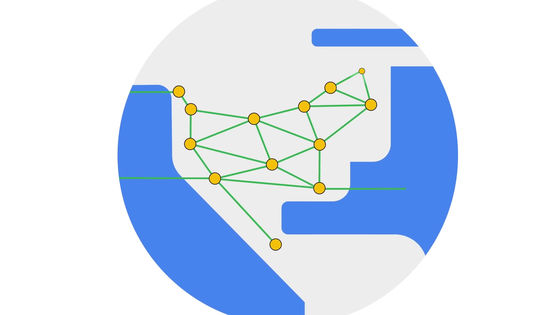
'Teams around the world are working together to expand our network with the power of engineering for the memorable day of landing cables across the ocean.'

Related Posts:
in Web Service, Video, Posted by logu_ii







